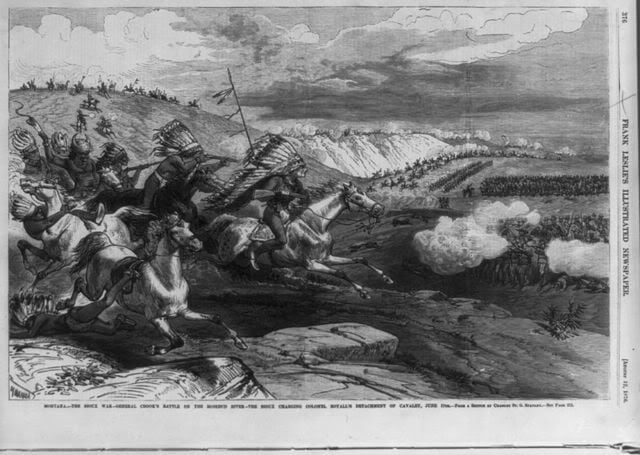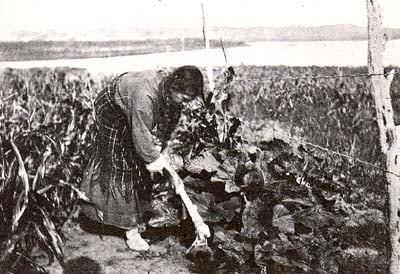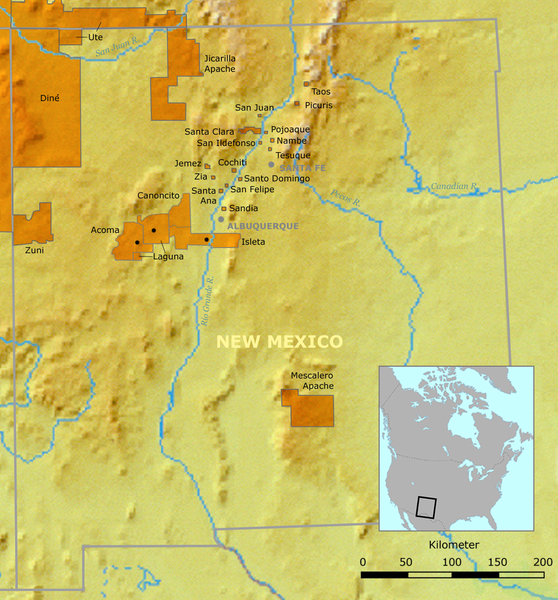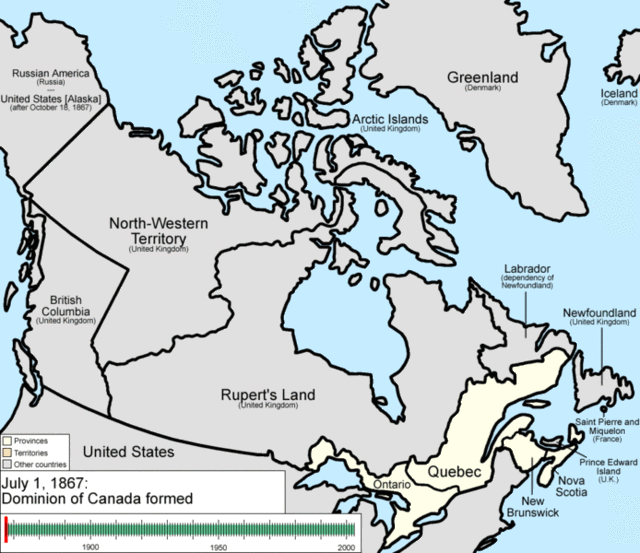Lacrosse at Fort Michilimackinac
The ball game which Europeans would call lacrosse was played by Indian nations throughout the Great Lakes region. While the rules of the game, including the number of players, varied from nation to nation, it involved two teams who attempted to put a ball through one of two goals. Lacrosse was often called the little brother of war. In one instance, in 1763, lacrosse was actually used as a part of a battle strategy by the Ojibwa and Sauk against the British.
The tribes of the Three Fires Confederacy-Ojibwa, Ottawa, Potawatomi-were once a single people living in the east according to oral tradition. At the time of separation, the tribes were living in the area of the Straits of Mackinac. The Potawatomi moved from there south into present-day Michigan. It is estimated that the three tribes may have separated as late as 1550.

By the early eighteenth century, the fur trade between the Indians and the Europeans was changing Indian life. By 1701, motivated by the fur trade, the Ojibwa now controlled most of lower Michigan and southern Ontario. At this same time, the French established Fort Pontchartrain near Detroit, Michigan.
In 1704, the Wyandot abandoned Michilimackinac to resettle near what is now Detroit so that they could take advantage of the fur trade. They built their new village near Fort Pontchartrain near the Pottawatomi and other Indian villages.
Detroit was a magnet which attracted many tribes and over the next decade the tribes congregated in the area. The French encouraged many of the tribes, such as the Fox, to settle in the area.
Queen Anne’s War between the French and English ended in 1713 with the Treaty of Utrecht. Under this treaty, the Iroquois were considered British subjects and trade was permitted with the western Indians by both the British and the French. This created some rivalry between the British and French traders. The western Indians generally felt that the British trade goods were better and less expensive. In response, the French began to establish a series of military and trading posts in the Upper Great Lakes area.
One of the trading posts established by the French was Fort Michilimackinac on the southern shore of the Straits of Mackinac connecting Lake Huron and Lake Michigan. This was near the site of the village which the Wyndot had abandoned in 1704. This was not originally constructed as a military fort, but as a part of the larger trading post system. Fort Michilimackinac served as a supply depot for French traders in the western Great Lakes region.
The French legalized the Coureurs de bois (individual traders) in 1715. These traders frequently married Indian women (primarily Ojibwa and Cree) and the result was the creation of a new ethnic group known as the Métis.
Coureurs de bois is sometimes translated into English as “wood rangers”. Writing in 1851 and with a strong anti-French, anti-Indian bias, Francis Parkman described the coureurs de bois as
“half-civilized vagrants, whose chief vocation was conducting the canoes of the traders along the lakes and rivers of the interior; many of them, however, shaking loose every tie of blood and kindred, identified themselves with the Indians, and sank into utter barbarism.”
Control of Canada was transferred to the English in 1760. The British wanted to expand not only the fur trade, but also the colonization and British settlement in the Great Lakes area. They were also interested in exploiting the natural resources of the area-minerals and timber. The British had almost no interest in Native American religious practices and unlike the French they were rather intolerant of these practices.
British control of the area also meant that Fort Michilimackinac was transferred to the British who continued to operate it as a trading post. The British also allowed French civilians to continue to live around the fort.
One of the first changes with regard to Indian affairs was that goods and provisions were no longer freely dispensed to the Indians as a way of obtaining their cooperation. Goods were distributed only in exchange for valued commodities. This created some conflicts with the Indian nations. In 1763, the Ottawa leader Pontiac led an alliance of Indian nations in the Ohio Valley in a war of resistance against the British.
In June, 1763, as a part of the larger Pontiac’s War, a group of Ojibwa (some sources indicate that they were also joined by some Sauk), gathered outside of Fort Michilimackinac and started to play a game of lacrosse (baaga’adowe). A crowd quickly gathered to watch the fast-paced, spirited game. As the crowd watched the game, several women with guns under their blankets wandered into the fort. The lacrosse ball was sent soaring toward the gate and the Indian players followed it, and then rushed into the fort. Taking the guns from the women, the Indians quickly killed and/or captured the British soldiers. The French-Canadians at the Fort were not molested.
The Indians held onto the fort for a year before the British regained it. In regaining the fort, the British promised to offer more and better gifts to the Indians.
In 1781, the British built Fort Mackinac on nearby Mackinac Island. The buildings from Fort Michilimackinac were dismantled and moved to the new fort over a period of two years. Then the remains of Fort Michilimackinac were destroyed.



